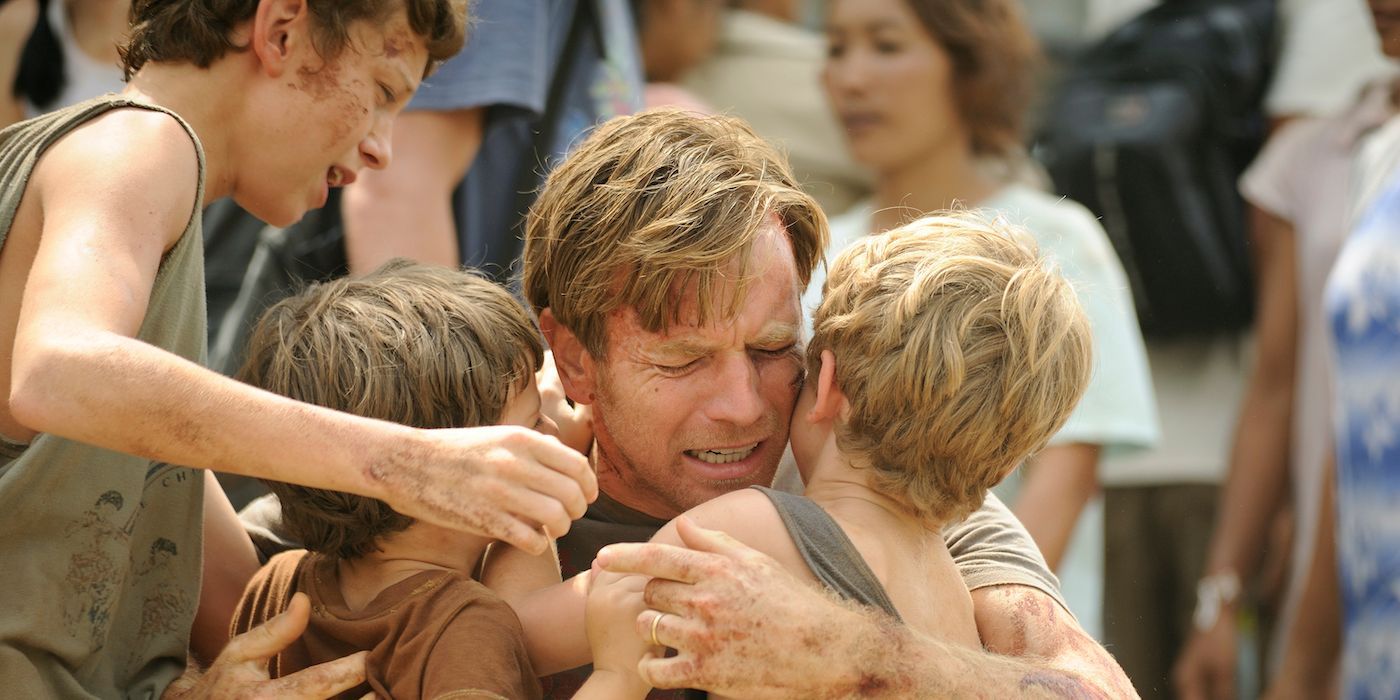When The Impossible was released in 2012, it delivered a cinematic wave of emotion that few disaster dramas had ever achieved. Based on the true story of a family’s survival during the 2004 Indian Ocean tsunami, the film was more than just a disaster epic — it was a hauntingly personal tale of love, endurance, and the sheer will to survive.
Now, in 2025, as the world continues to reflect on the power of nature and the fragility of life, The Impossible returns to select theaters in a 4K remastered edition to mark the 20th anniversary of the tsunami it so vividly portrays. The re-release serves as a reminder of both the film's emotional weight and its lasting cinematic significance.
Directed by J.A. Bayona, The Impossible tells the story of the Bennett family — Maria (Naomi Watts), Henry (Ewan McGregor), and their three sons — who travel to Thailand for a Christmas vacation. What begins as a peaceful holiday is violently upended when a massive tsunami strikes the coastline, sweeping away everything and everyone in its path.
Separated by the force of nature, the family must endure impossible odds to find one another again. The story is based on the real-life experiences of the Spanish Álvarez-Belón family, making every moment of the film feel raw and heartbreakingly authentic.
Watts’ portrayal of Maria earned her an Academy Award nomination for Best Actress. Her performance — a mix of physical suffering and fierce maternal determination — remains one of the most compelling depictions of trauma and survival in modern cinema.
The film also introduced audiences to Tom Holland, in his first-ever movie role as the eldest son, Lucas. His powerful, emotionally layered performance signaled the arrival of a future star. Looking back now, it’s almost surreal to watch Holland pre-Spider-Man, already showing the charisma and depth that would define his career.
Unlike typical disaster blockbusters that focus on spectacle, The Impossible uses the disaster as a lens to explore the strength of the human spirit. The tsunami scene itself — a technical marvel combining practical effects, CGI, and sound design — is terrifyingly immersive, yet never exploitative. Instead of sensationalism, Bayona gives us intimacy: the desperation in a child’s eyes, the fear of being alone, the relief of a single hand held in the wreckage.
Thirteen years on, The Impossible is frequently cited in film schools as a masterclass in emotional storytelling. It helped shift how real-life tragedies could be portrayed on screen — with empathy, realism, and respect. In 2025, as global climate events grow more frequent, the film’s emotional resonance feels more urgent than ever.
It doesn’t just ask what it’s like to survive the unthinkable — it asks how we hold on to one another when everything else is gone.




